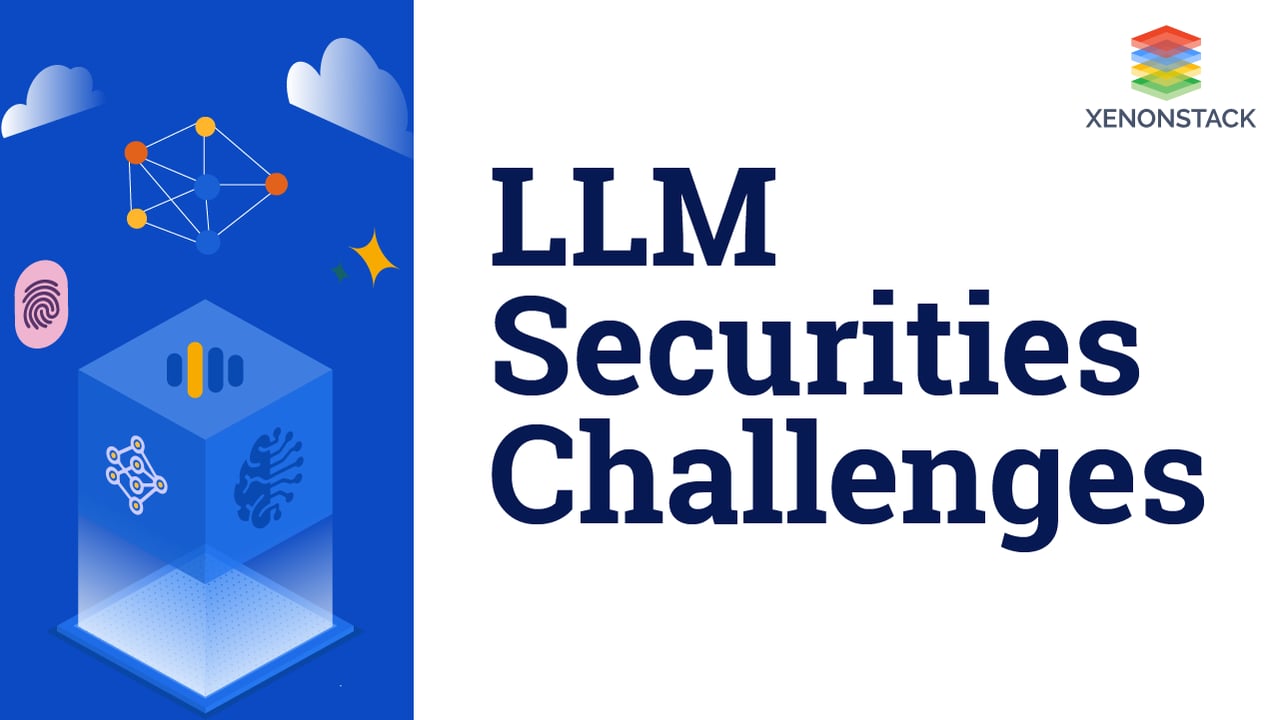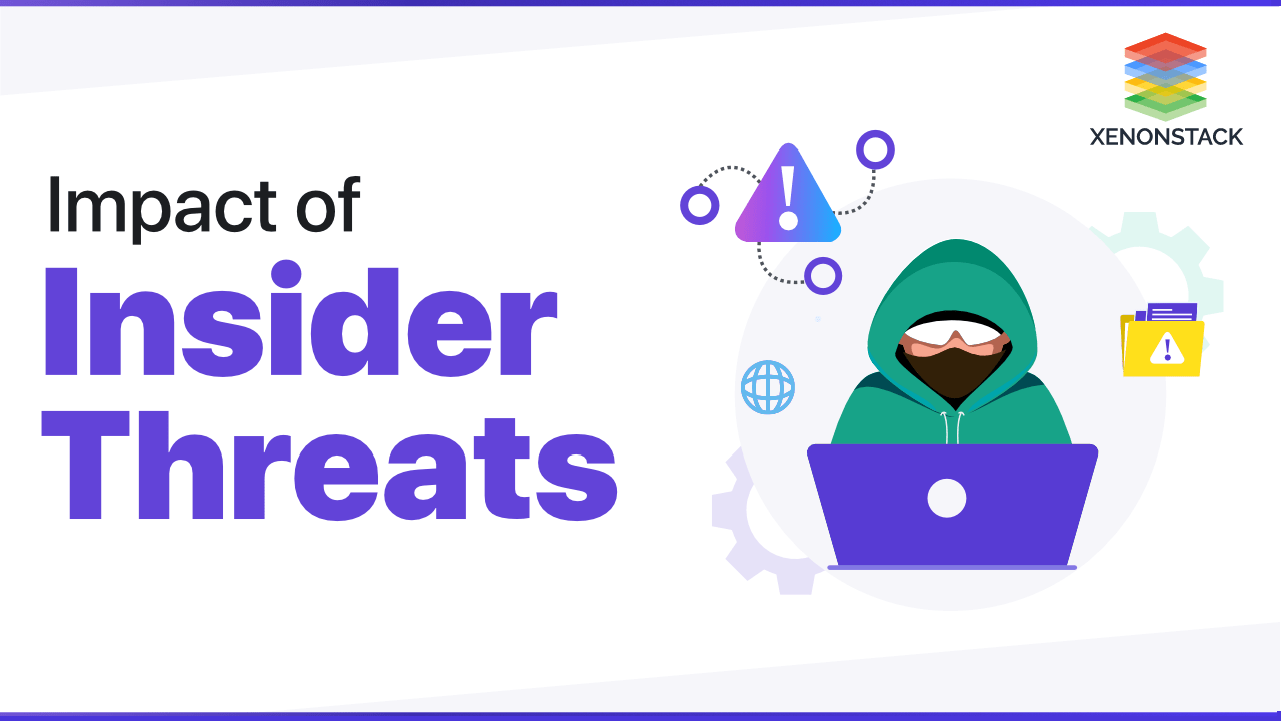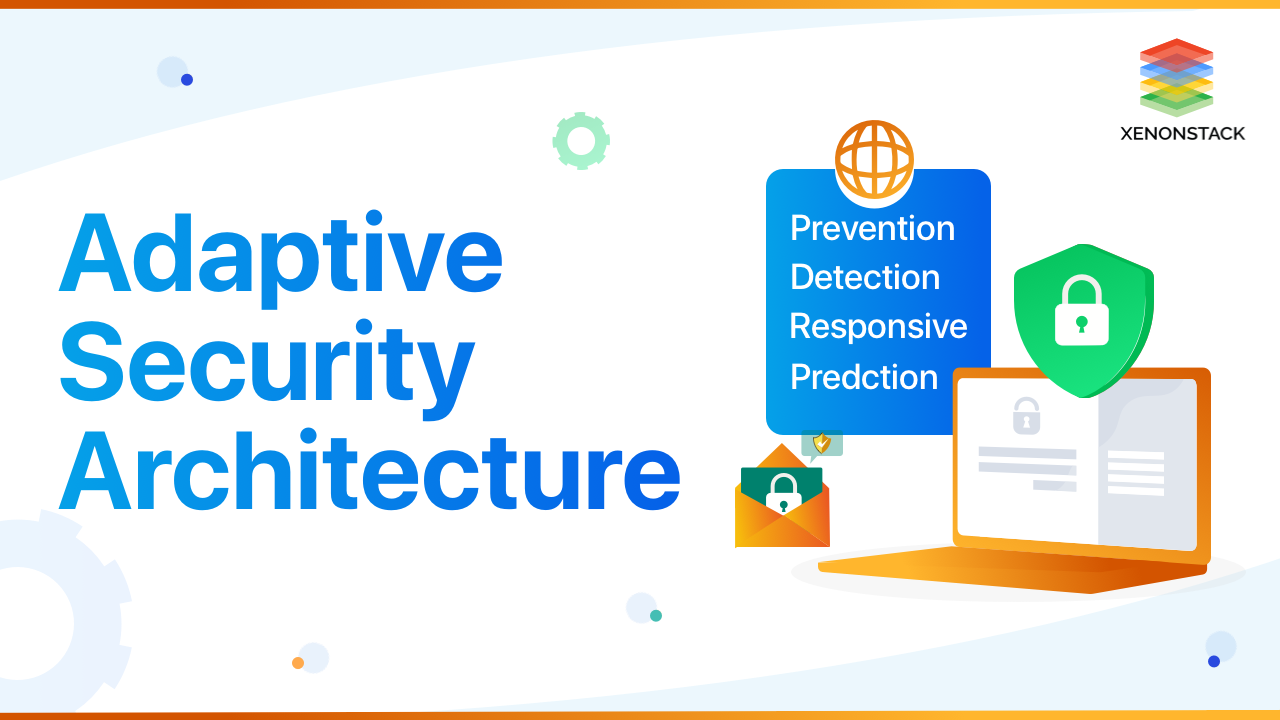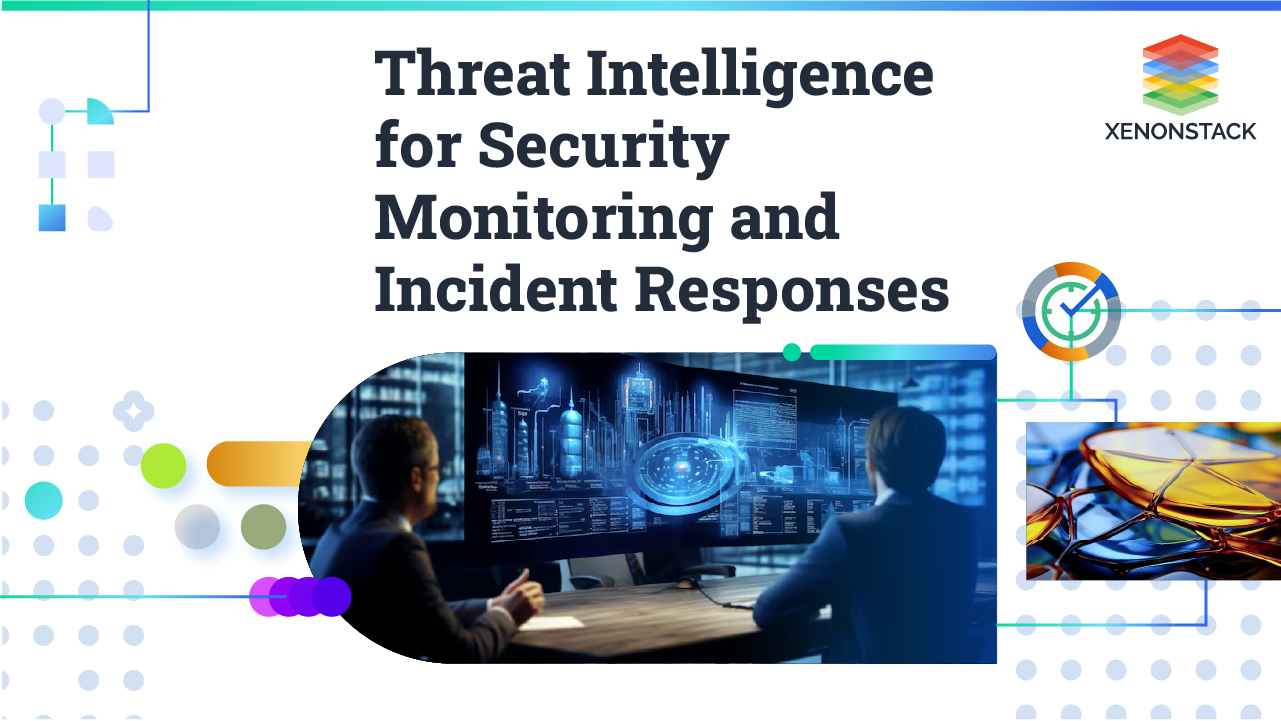
Introduction
Large Language Models, or LLMs, have emerged as powerful tools for the industry that have the potential to transform a variety of sectors. They can make inventive create text, interpret dialects, and give numerous useful outcomes. Notwithstanding, like some other innovative progression, LLMs likewise go under security challenges. In this blog post, Will bring a more profound plunge into the security challenges presented by LLMs and investigate viable arrangements and methodologies to safeguard them.
Understanding the Security Challenges in LLMs
There are several issues occurs when dealing with large language models, this will lead to various impacts such as:
- Data Poisoning
Data poisoning can be a serious security threat, as it can be used to manipulate machine learning models to do things that they were not intended to do, To mitigate this threat, it is important to implement strong access controls to restrict who has access to the training data, and to continuously monitor and audit the activity of machine learning models.
- Model Theft
Model theft involves the unauthorized access and theft of an LLM's model or training data. This stolen information can be used to create counterfeit LLMs, leading to the generation of fake content or even cyber-attacks on computer systems. To prevent model theft, secure development and deployment processes should be implemented, and access controls should be strictly enforced.
- Adversarial Examples
Adversarial examples are inputs designed to trick LLMs into producing incorrect or harmful output. These can be especially problematic when LLMs are used in security-sensitive applications like fraud detection or spam filtering. Combating adversarial examples requires robust input validation and output filtering mechanisms to ensure the model's reliability.
- Bias:
LLMs are trained on vast datasets that may contain biases present in the source data. These biases can manifest in the LLM's output, potentially causing discrimination or other harmful consequences. To mitigate bias, LLMs should be trained on secure datasets that are carefully curated to reduce bias. Regular updates and monitoring of LLMs can also help identify and rectify bias issues.
Protecting LLMs: Effective Strategies and Solutions
- Strong Access Controls
Implementing stringent access controls is the first line of defence against security threats. Access to LLMs and their training data should be restricted to authorized personnel only. This minimizes the risk of data poisoning and unauthorized model access.
- Continuous Monitoring and Auditing
It is important to constantly monitor and review the activity of large language models (LLMs) to quickly identify and respond to security threats. This includes looking for suspicious activity, such as attempts to poison the data used to train the model or unusual behaviour of the model itself.
- Security Features
Utilize security features and mechanisms such as input validation and output filtering. These measures can help filter out malicious inputs and ensure that the LLM produces safe and accurate output.
- Secure Training Environment
The environment in which LLMs are trained should be secure from potential attacks. This may involve using dedicated servers or secure cloud environments to safeguard the training process.
- Regular Updates
LLMs should be regularly updated to stay protected against the latest security threats. Keeping models and software components up-to-date helps ensure their resilience against emerging risks.
Emerging Security Challenges in LLMs
While the strategies address several security challenges associated with LLMs, new challenges continue to emerge as LLMs become more widely adopted. Let's explore some of these evolving security concerns:
- LLMs in Open-Source Software
The integration of LLMs into open-source software exposes them to a broader audience, making them more susceptible to potential vulnerabilities. Organizations should focus on securing the development and deployment of LLMs within open-source projects.
- LLMs in the Cloud
Large language models that run on the cloud can be reached via the internet, which makes them extensible to potential cyber-attacks. To keep these models safe in cloud setups, it's crucial to establish robust security measures. This involves using encryption to safeguard the data and setting up access controls to restrict who can get to the models.
- LLMs in Embedded Devices
LLMs are increasingly used in embedded devices like self-driving cars and medical equipment. Securing these resource-constrained devices presents unique challenges, and specialized security measures are needed to protect LLMs in such contexts.
- LLMs in Data Privacy
LMAs typically require vast amounts of data for training, which may include sensitive or private information. Protecting this data from unauthorized access is a critical concern.
- LLMs in Malicious Use
Language models can be misused for generating fake news, phishing emails, or offensive content. Ensuring that LMAs are not exploited for malicious purposes is essential.
- LLMs in Bias and Fairness
Language models may inadvertently generate biased or unfair content due to biases in the training data. Mitigating bias and ensuring fairness is crucial.
- LLMs in Adversarial Attacks
LMAs can be vulnerable to adversarial attacks, where input data is manipulated to produce harmful outputs. Developing defences against such attacks is imperative.
- LLMs in Data Poisoning
An attacker can inject malicious data during the fine-tuning process, leading to biased or harmful model behaviour. Preventing data poisoning is a significant security challenge.
Integrating Security in LMA Applications
Authentication and Authorization
- Strong Authentication: Implement strong authentication mechanisms, such as multi-factor authentication (MFA), to ensure that only authorized users can access the LMA.
- Role-Based Access Control (RBAC): Use RBAC to define and manage user permissions, limiting access to sensitive functions and data based on roles.
Data Encryption
- Data at Rest and in Transit: Encrypt data both in transit and at rest using industry-standard encryption protocols and algorithms.
- Key Management: Employ secure key management practices to protect encryption keys.
Regular Auditing and Logging
- Comprehensive Logging: Enable comprehensive logging and auditing of all LMA activities to track and monitor user actions.
- Log Review: Regularly review logs to detect and respond to security incidents promptly.
Secure Coding Practices
- Developer Training: Train developers in secure coding practices to prevent common vulnerabilities, such as SQL injection or cross-site scripting (XSS).
- Code Reviews: Conduct regular code reviews and security assessments to identify and address vulnerabilities.
- Vendor Evaluation: If using third-party LMAs, conduct a thorough security assessment of the vendor's application to ensure it meets your security standards.
- Vendor Compliance: Verify that the vendor follows secure development practices and complies with industry security standards.
- Keep Software Up to Date: Ensure that all software components and dependencies are kept up to date with security patches.
- Patch Management Process: Establish a patch management process to address vulnerabilities promptly.
Incident Response Plan
- Develop a Plan: Create an incident response plan that outlines how to handle security incidents and data breaches.
- Training: Ensure that all team members are trained on the plan and can execute it effectively.
Security Training and Awareness
- Employee Education: Educate employees and users about security best practices, including password hygiene and recognizing phishing attempts.
Regular Security Testing
- Vulnerability Assessments: Conduct regular vulnerability assessments and penetration testing to identify and remediate security weaknesses.
Backup and Recovery
- Data Backup: Implement regular data backup procedures to ensure data recovery in the event of data loss or a security incident.
Integrating security into Language Model Applications is an ongoing and multidimensional effort. As LMAs become increasingly prevalent in our daily lives, it is essential to address security concerns comprehensively. By implementing data security measures, preventing malicious use, mitigating bias, defending against adversarial attacks, and safeguarding against data poisoning, we can build more secure and trustworthy LMAs. Additionally, ethical considerations and incident response planning should be integral parts of LMA development to ensure responsible AI deployment. The future of LMAs lies in their ability to provide value while maintaining the highest standards of security and ethics.
LLMs – Security Best Practices
Defence in Depth and Zero Trust are critical strategies for modern software security. Recommend the following measures:
- Only store ML models in a system with authenticated access. For instance, MLflow (a very popular model OSS model registry) does not offer any authentication out of the box.
- Implement fine-grained least privilege access via Authorization or IAM (identity and Access Management) systems.
- Can use scanning tools like Model Scan — which will catch any code injection attempts.
- Scan all models before they are used (retraining, fine-tuning, evaluation, or inference) at all points in your ML ecosystem.
- Encrypt models at rest (e.g., S3 bucket encryption) — this will reduce the chances of an adversary (external or even internal) reading and writing models after a successful infiltration attempt.
- Encrypt models at transit — always use TLS or mTLS for all HTTP/TCP connections including when models are loaded over the network including internal networks. This protects against MITM (man in the middle) attacks.
- For your own models, store checksum and always verify checksum when loading models. This ensures the integrity of the model file(s).
- Cryptographic signature — This ensures both the integrity and authenticity of the mode
Conclusion
Large Language Models offer immense potential in various industries, but their security challenges cannot be ignored. To ensure the safe and responsible use of LLMs, organizations must implement robust security measures. This includes strong access controls, continuous monitoring, and auditing, as well as the use of security features and secure training environments. Educating users about security risks is also essential.
Furthermore, as LLMs continue to evolve and find applications in diverse domains, organizations must remain vigilant against emerging security challenges. Whether LLMs are integrated into open-source projects, deployed in the cloud, or used in embedded devices, proactive security measures must be in place to protect these valuable assets. Only through a concerted effort to understand, address, and adapt to these challenges can fully harness the potential of LLMs while safeguarding against security risks.
- Learn about Artificial Intelligence in Cyber Security.
- What is Dynamic Application Security Testing?
- Impact of Inside Threats in Cyber Securities.


